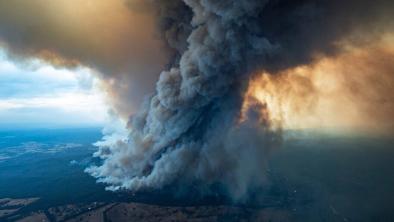Science Source
Increasing frequency, intensity and duration of observed global heatwaves and warm spells
- Uses the latest HadGHCND daily temperature dataset, global trends in observed summertime heatwaves
- Calculates and analyzes annual warm spells for 1950–2011
- Studies three indices that separately focus on maximum temperature (TX90pct), minimum temperature (TN90pct) and average temperature (EHF) with respect to five characteristics of event intensity, frequency and duration
- Finds increases in heatwave/warm spell intensity, frequency and duration despite which index is employed
- Finds that TX90pct and TN90pct trends are larger and exhibit more significance for warm spells, implying that non-summer events are driving annual trends over some regions
- Finds arger increases in TN90pct aspects relative to EHF and TX90pct are also observed
Related Content
Headline

Jan 7, 2020 | USA TODAY
Climate change has Australian bushfires 'running out of control,' experts say
Headline

Jan 6, 2020 | ClimateWatch Magazine
Catastrophic bushfires in southeastern Australia in 2019-20
Headline

Jan 3, 2020 | The Guardian
2019 was Australia's hottest year on record – 1.5C above average temperature
Headline

Jan 3, 2020 | Washington Post
Ash-covered glaciers and toxic amber skies: Australia bushfire smoke spills over New Zealand


